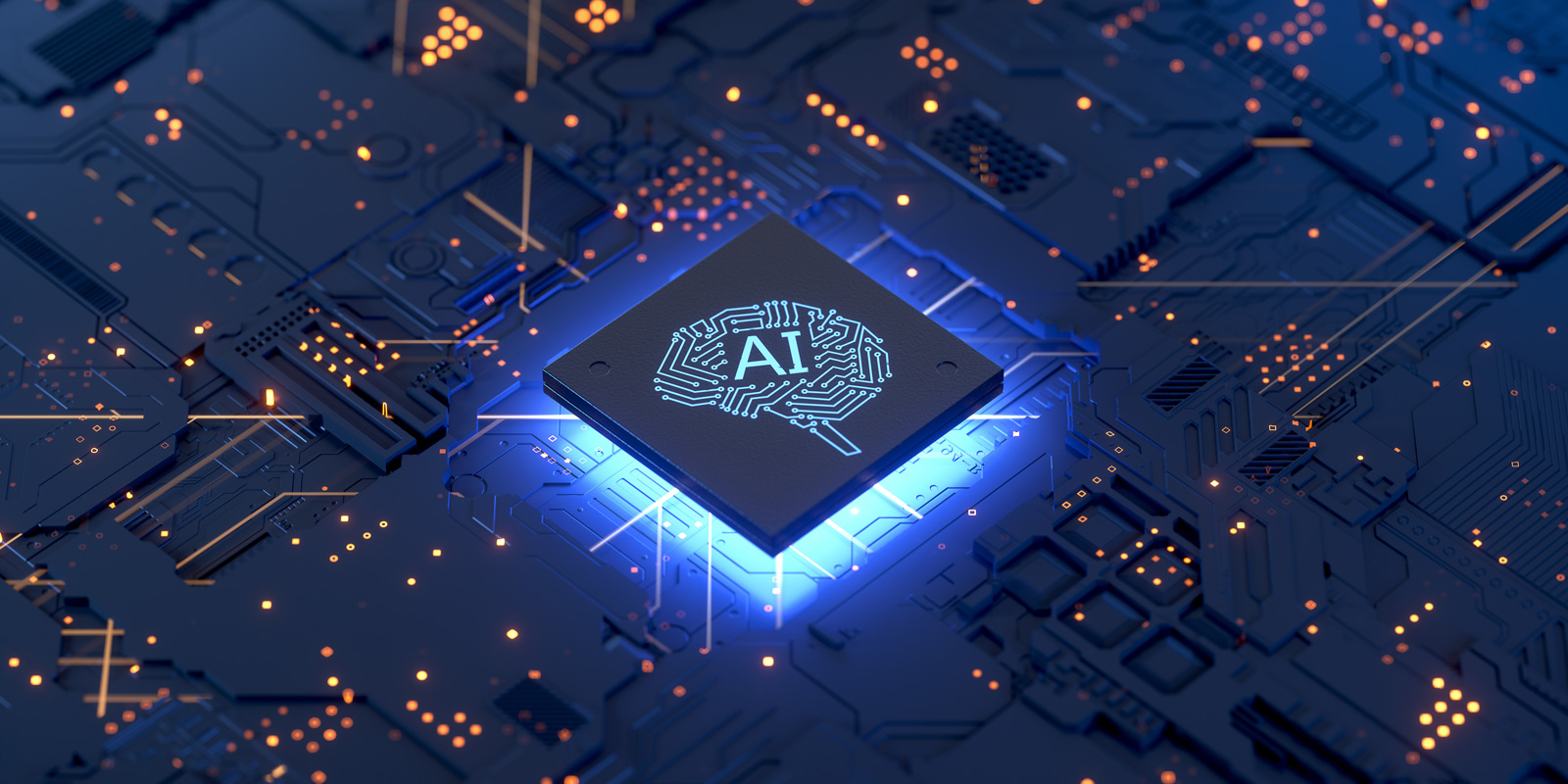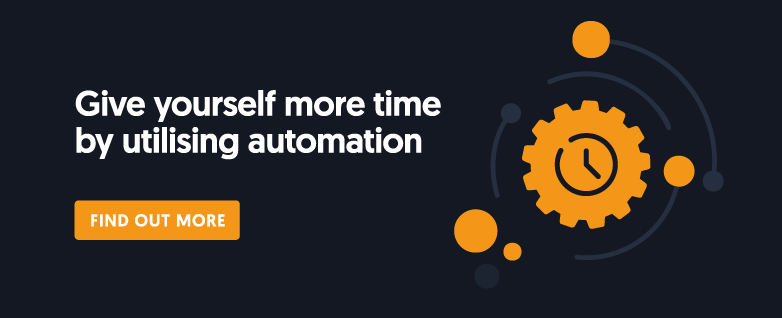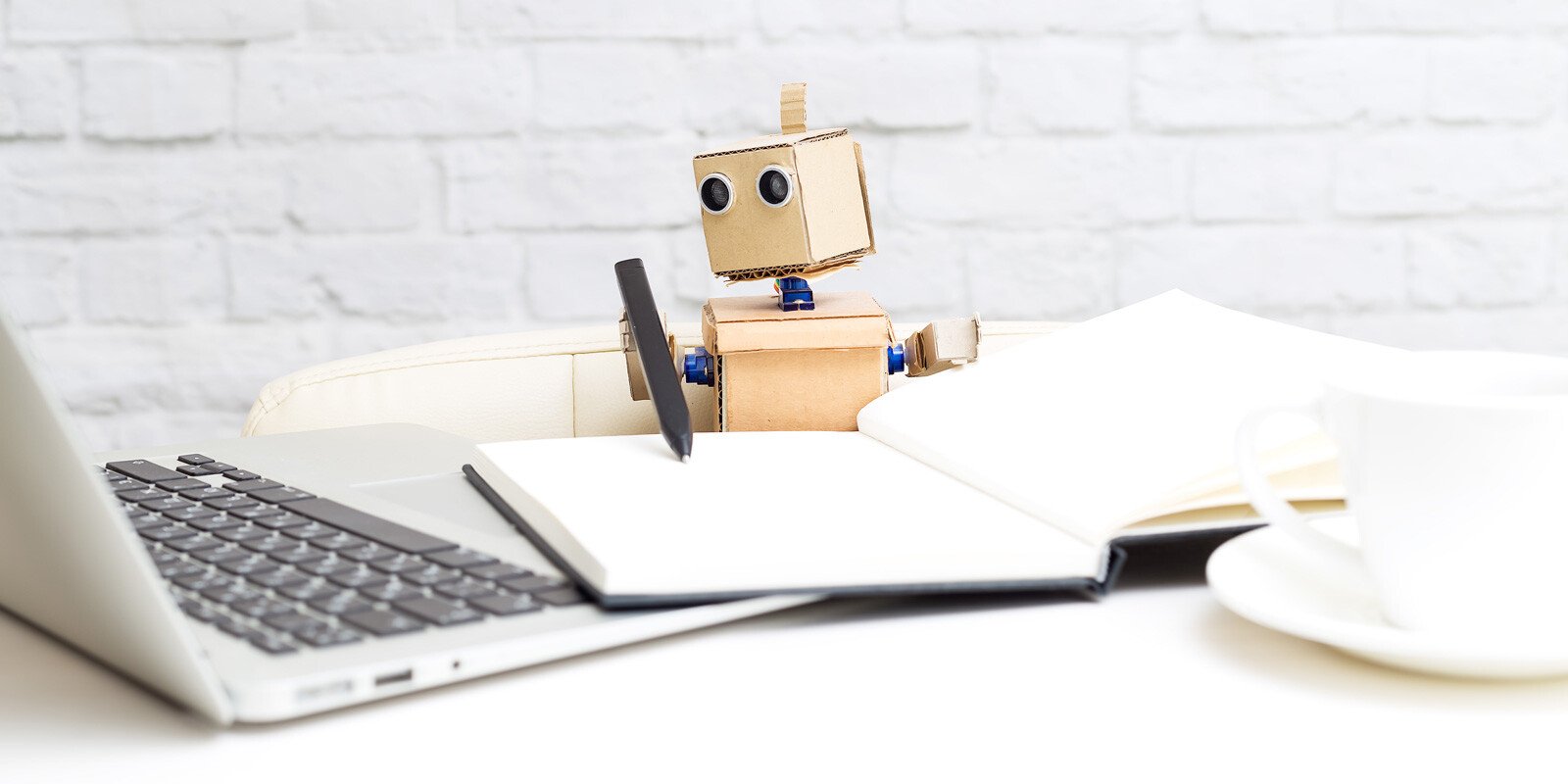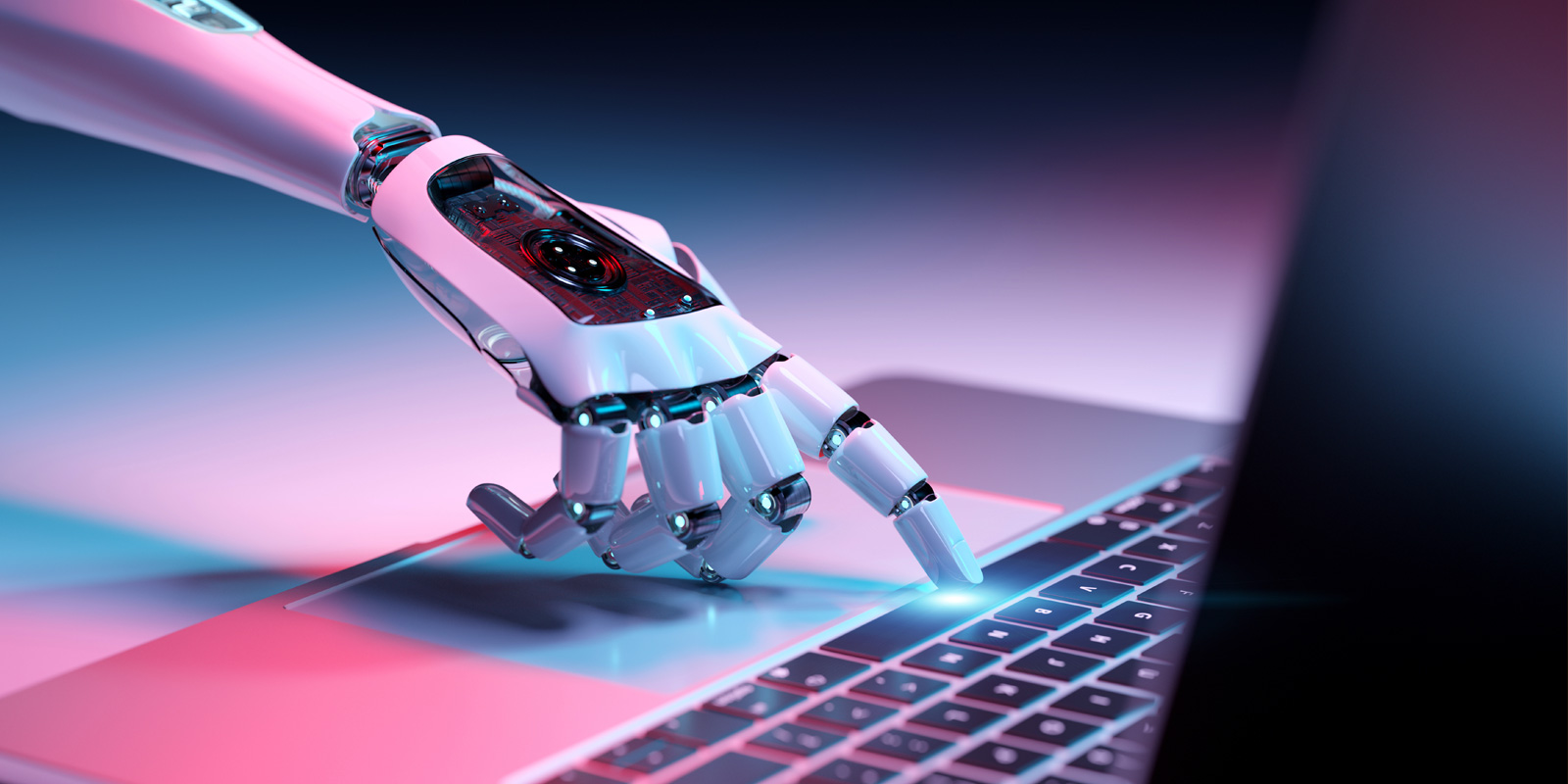AI has nestled itself comfortably into our lives and has set deep roots into the fabric of our day-to-day life. So much so, that most of us take it for granted.
The development of AI continues to soar at such a quick speed that it’s certainly not the same AI as the one we used at the beginning of the year. It has undoubtedly nestled itself comfortably within all aspects of our lives.
It’s in a constant state of flux. It relies less and less on a human touch. The more we use AI, the more it redevelops itself, learns from its own mistakes, and even corrects itself for future occurrences.
It’s become a crucial element for many jobs that are vulnerable to human error.
AI has settled itself into the framework of almost every single industry. From manufacturing to healthcare, from education to media and customer service. Manufacturers use AI for quality control, and distribution centres have replaced humans with AI for quicker parcel picking.
And of course, AI has integrated into marketing on almost every level. But where AI has gradually grown and developed within many different industries, it's not soared quite as quickly as it has with marketing and content creation.
Of course, we can use AI to execute all the monotonous but necessary tasks, like...
- Sending out marketing emails
- Organising CRMs
- Tracking lead behaviour
- Data analysis
- Customer data inputs
- Sending out marketing emails to the correct audiences
But of course, all of this requires human input. But how long until we need to do the bare minimum?
AI knows our audience better than we do
When it comes to marketing, AI provides all the information we need to make smarter marketing decisions. Where we might use a simple AI process to streamline a conveyor belt of repetitive tasks in other industries, marketing gathers the data collected from AI to make creative marketing choices.
It's impossible, and time-consuming for a human team to replicate the exact same accuracy as AI when it comes to customer data. AI can segment data to a granular level, and impressively audit in a matter of minutes. And of course, who on earth is going to blow their marketing budget on a team of bored employees counting numbers?
AI can segment all of the data into different categories and accurately pinpoint how your buyer persona behaves. Think demographics, buying behaviour, and preferences.
AI content creation
AI content creation has taken the marketing world by storm, and it's probably the fastest-growing aspect of AI marketing.
In just a few months, we've all become pretty used to Chat GPT and text automation for written content creation. Without a doubt, Chat GPT continues to become cleverer, and similar software is being integrated into content creation on a personalised level.
This is allowing businesses to whack out new streams of content much, much faster than before. In fact, the very blog you're reading right now has been informed and structured with the help of AI.
Software like Chat GPT and Jasper AI cleverly integrates and develops a brand tone of voice using Natural Language Processing, customer data and virtual learning. But what about visual content?
Well, now we have generative AI programmes to create image-based content, our blog two weeks ago used an AI created image. We've even got moving image content completely made by AI, tailored to our preferences with only small human tweaks needed to polish off the content completely.
There's only one thing stopping AI from becoming a fully automatic, non-human marketing company. It's not human. Without human input, AI cannot possibly sympathise with pain points, or speak to customers in person.
Where AI can correct human error with monotonous tasks, AI cannot fully replicate the human experience.
'To use generative AI effectively, you still need human involvement at both the beginning and the end of the process' (Harvard Business Review, 2022).
So what's in store for AI?
So while we can expect AI to continue absorbing more and more human roles for monotonous repetitive tasks, it can't quite replace the brain of a marketing company just yet.
However, with the rate it's going, we can expect to see human-level AI emerging sooner than we thought. That is, AI marketing is set to become even more personalised, or 'hyper-personalised' (LinkedIn, 2022). Targeted ads will become even more targeted, and individualised marketing emails will become even more individualised and tailored to the specific person.
And if that's not 'Black Mirror' enough, AI will communicate with a multitude of other AI software foreign to itself, teaming up to create data-driven marketing.
Not to mention the rise of VR, which will expect to bring far more interactive real-life personalised marketing to replicate real experiences.
So what's really in store for AI and marketing? Will there ever be a lull? Trial, error, redevelopment and time will tell.




